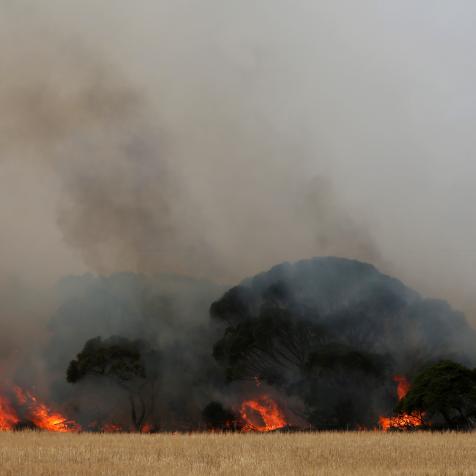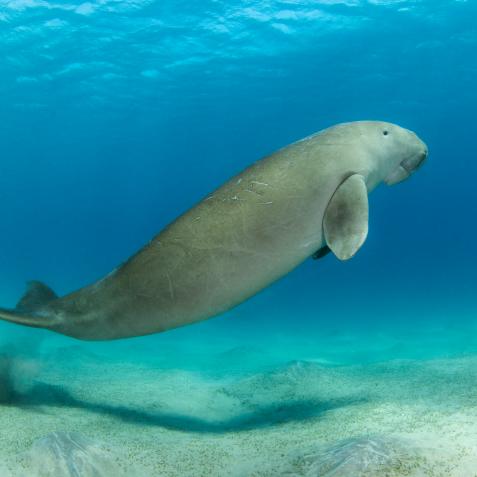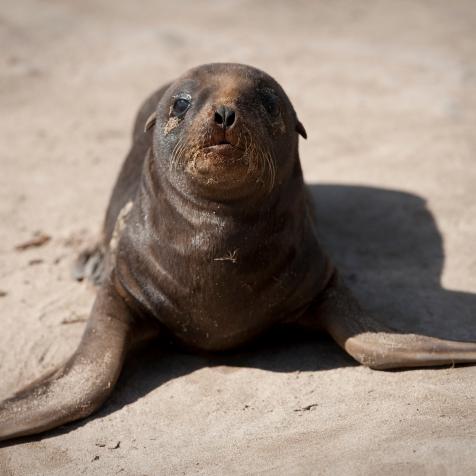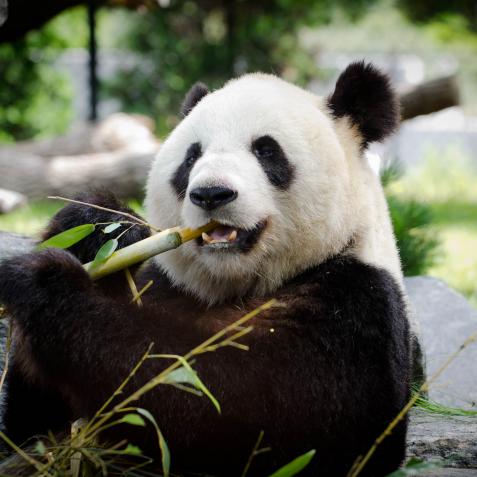
by wildestanimal
Why Islands Have The Most Unique Creatures on Earth
What is it about islands that makes scientists weak in the knees?
There is so much that is magical about the Galápagos Islands. The birthplace of the Theory of Evolution, the Pacific island is like a laboratory of natural science where you can watch speciation and adaptation come to life. And knowing that all the wildlife probably got there either by flight, floatation rafts, or pure accident makes it all that much more curious and absurd. What is it about islands that makes scientists weak in the knees?

Markus Gebauer Photography
First off, five of the 19 resident species on the island are endemic, meaning they are not found naturally anywhere else on earth. One of them is a penguin, the Galápagos penguin, which is the only penguin that exists north of the equator: a bizarre concept when you think about it. Also, reptiles abound here, compared to mammals, and some like the marine iguanas can be seen sprawled out on the serene beach with virtually no fear of humans. Such endemism is almost always found on islands because of their remoteness and physical disconnection from other landmasses over long periods of time. This allows highly specialized species to emerge with unusual adaptations including dwarfism, flightlessness and the loss of defense mechanisms - occupying ecological niches depending on the size and topography of the island they are on.

Mark Newman
Things get more intense in places like Hawaii, where over 90% of island species are endemic. Seychelles has the highest level of amphibian endemism in the world, and Madagascar supports more than 8000 endemics, the highest in sub-Saharan Africa. These creatures range from scientifically wondrous to downright cute.
Take the pygmy three-toed sloth for example, found on Isla Escudo de Veraguas, a small island off the coast of Panama. Officially described as recently as 2001, the sloth was found to be considerably differentiated from its nearest relatives on a neighboring island as a result of a process known as insular dwarfism. This has happened throughout history, right from the dinosaurs. It occurs on islands where species shrink in size so resources can last longer and thermoregulation is easier. In the particular study of the sloth, the researchers also found that its body size is likely to decrease linearly as the age of the island increases.
The more general rule of islands - also called Foster’s rule - also includes insular gigantism, which works conversely to dwarfism, most likely allowing certain species to be able to travel longer distances to obtain resources. Giant tortoises in the Galápagos Islands and the Seychelles are splendid living examples of this today.
Habitat "islands" can also occur on land over long periods of time - especially in tropical rainforests that may have been broken into fragments. But being confined leaves island species equally susceptible to threats from outsiders. Trade, tourism and transportation have accidentally carried invasives around the world, most notoriously in ship ballast water, and this has caused large-scale decimation of the delicate equilibrium created on islands over centuries. Some species that currently exist on islands would have once been considered invasive themselves, but human activity has compounded the rate of destruction - some species are entering Hawaii about 2 million times faster than the natural rate.
Places like New Zealand, Australia and even the Galápagos have strict laws against invasives, as the picture of their potential damage only gets clearer. So studying all the weirdly wonderful creatures on islands could only give us a better roadmap to protect the creatures that showed Darwin evolution and natural selection at its finest.


















